Alberta
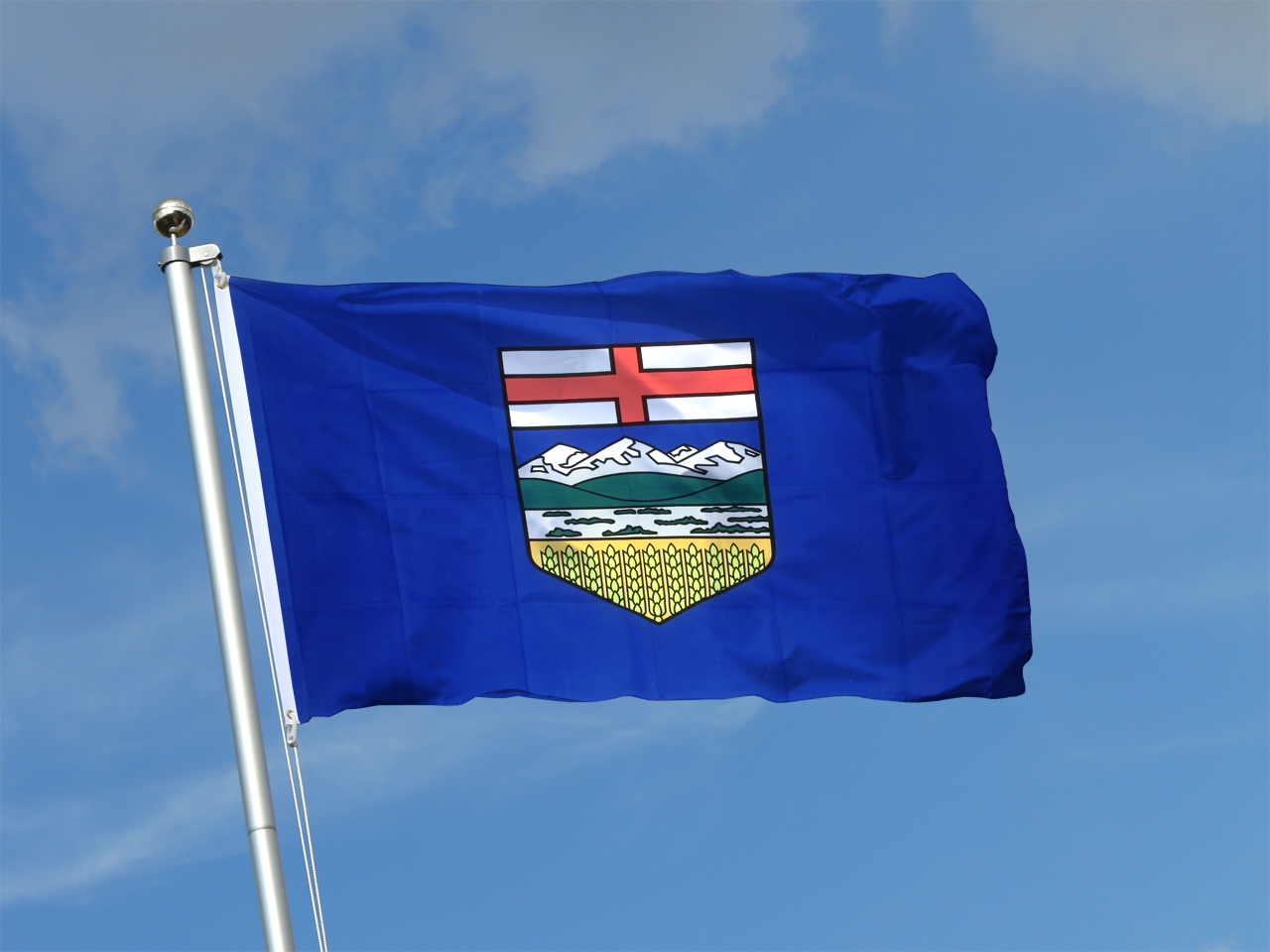
Alberta is a western province of Canada. With an estimated population of 4,067,175 as of 2016 census, it is Canada's fourth-most populous province and the most populous of Canada's three prairie provinces. Its area is about 660,000 square kilometers (250,000 sq. mi). Alberta and its neighbor Saskatchewan were districts of the northwest territories until they were established as provinces on September 1, 1905.
Click on the map to view Alberta's location.
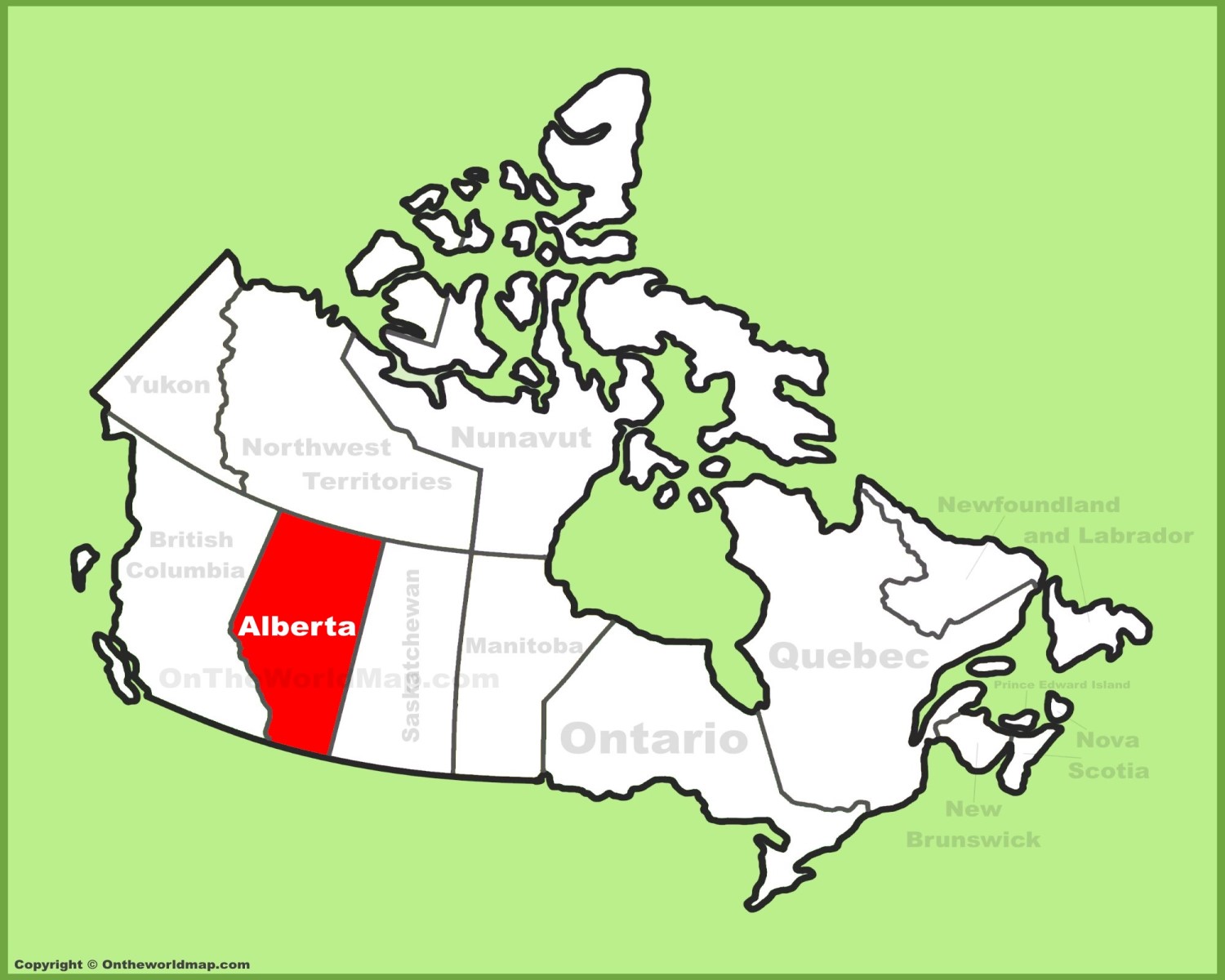
Geography
Alberta is a province in Western Canada. Its landscape encompasses mountains, prairies, desert badlands and vast coniferous forests. It has more than 600 lakes, and rich mineral deposits. In the west, the Canadian Rocky Mountain Parks have glaciers in the Columbia Icefields. The Waterton Glacier International Peace Park is a biosphere reserve that straddles the southern border with the USA.
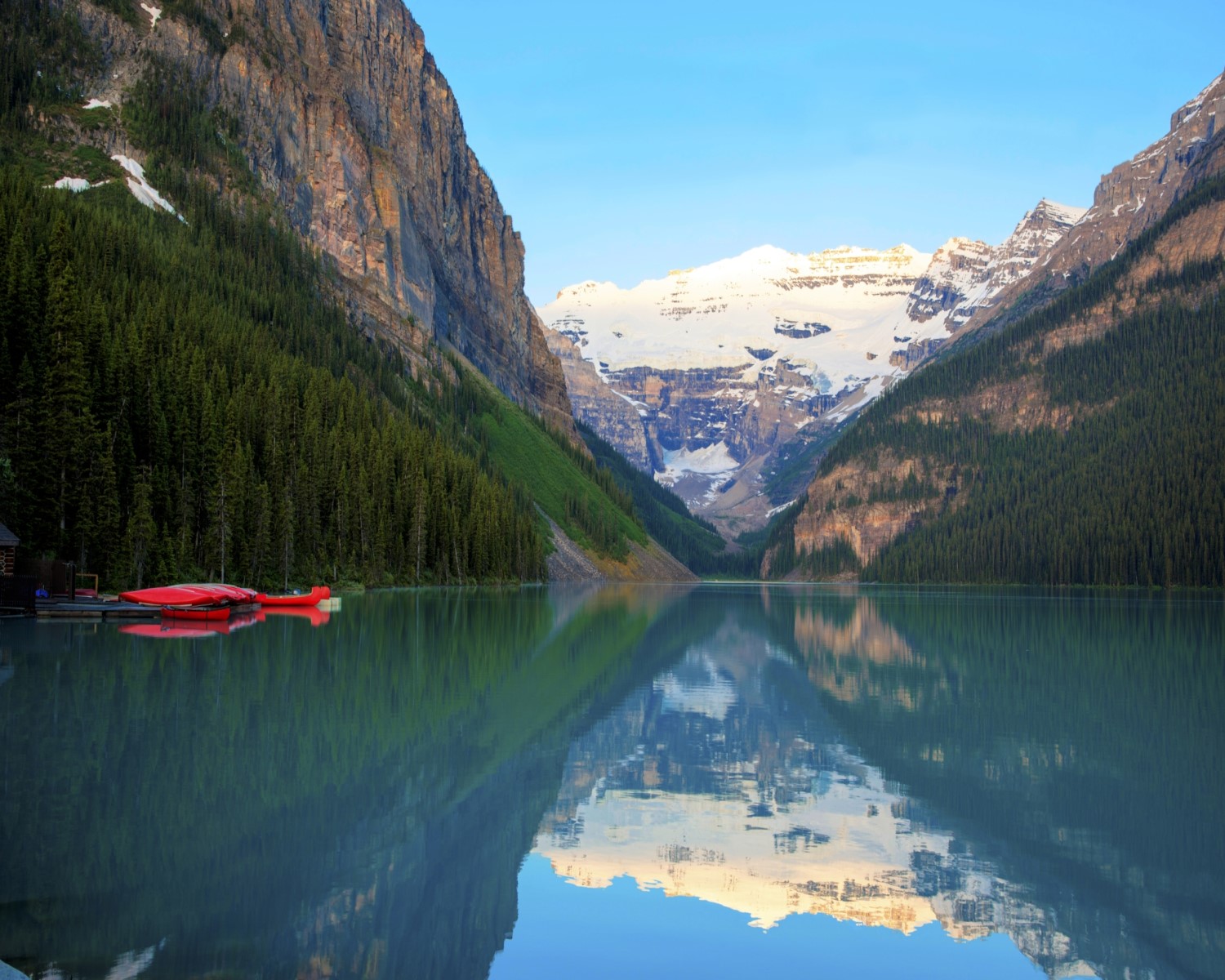
Climate
Alberta has a humid continental climate with warm summers and cold winters. The province is open to cold arctic weather systems from the north, which often produce extremely cold conditions in winter. As the fronts between the air masses shift north and south across Alberta, the temperature can change rapidly. In the summer, continental air masses have produced record maximum temperatures from 32 °C (90 °F) in the mountains to over 40 °C (104 °F) in southeastern Alberta.

History
Paleo-Indians arrived in Alberta at least 10,000 years ago, toward the end of the last ice age. They are thought to have migrated from Siberia to Alaska on a Land bridge across the Bring streit and then possibly moved down the east side of the Rocky Mountains through Alberta to settle the Americas. Others may have migrated down the coast of British Columbia and then moved inland.

Economy
Alberta’s economy is driven by its booming energy industry, a major employer in the province. This sector is expected to grow even further as technological advances allow the development of the oil sands in the north of the province. Alberta’s high rate of economic growth is not limited to the energy industry, however, as the province boasts a diverse economy. Beyond oil and gas, forestry remains an important industry, worth over $6 billion annually. Alberta has also traditionally been home to large farming and ranching industries, which remain an important part of the province’s culture and economy.

Tourism
Alberta has been a tourist destination with attractions including outdoor locales for skiing, hiking and camping, shopping locales such as West Edmonton mall, Calgary Stampede, outdoor festivals, professional athletic events, international sporting competitions. There are also natural attractions like Elk Island National Park, Wood Buffalo National Park and the Columbia Icefield.According to Alberta Economic Development, Calgary and Edmonton both host over four million visitors annually. Banff, Jasper and the Rocky Mountains are visited by about three million people per year.
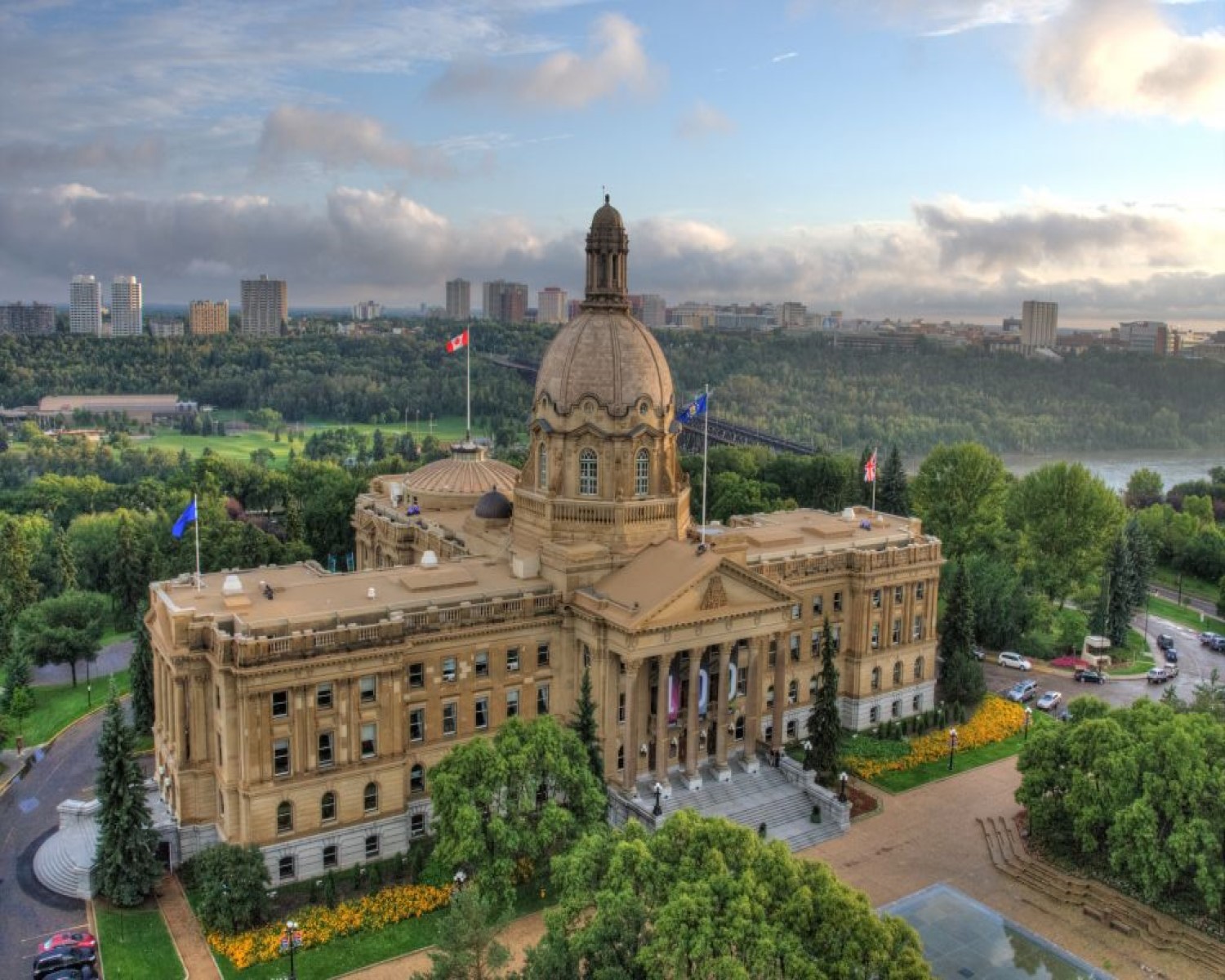
Government and Politics
The Government of Alberta is organized as a parliamentary democracy with a unicameral legislature. Its unicameral legislature consists of eighty-seven members electedfirst past the post (FPTP) from single-member constituencies. The government is headed by the Premier. The premier is normally a member of the Legislative Assembly and draws all the members of the Cabinet from among the members of the Legislative Assembly. The City of Edmonton is the seat of the provincial government, the capital of Alberta. The current premier is Jason Kenny, sworn in on April 30, 2019
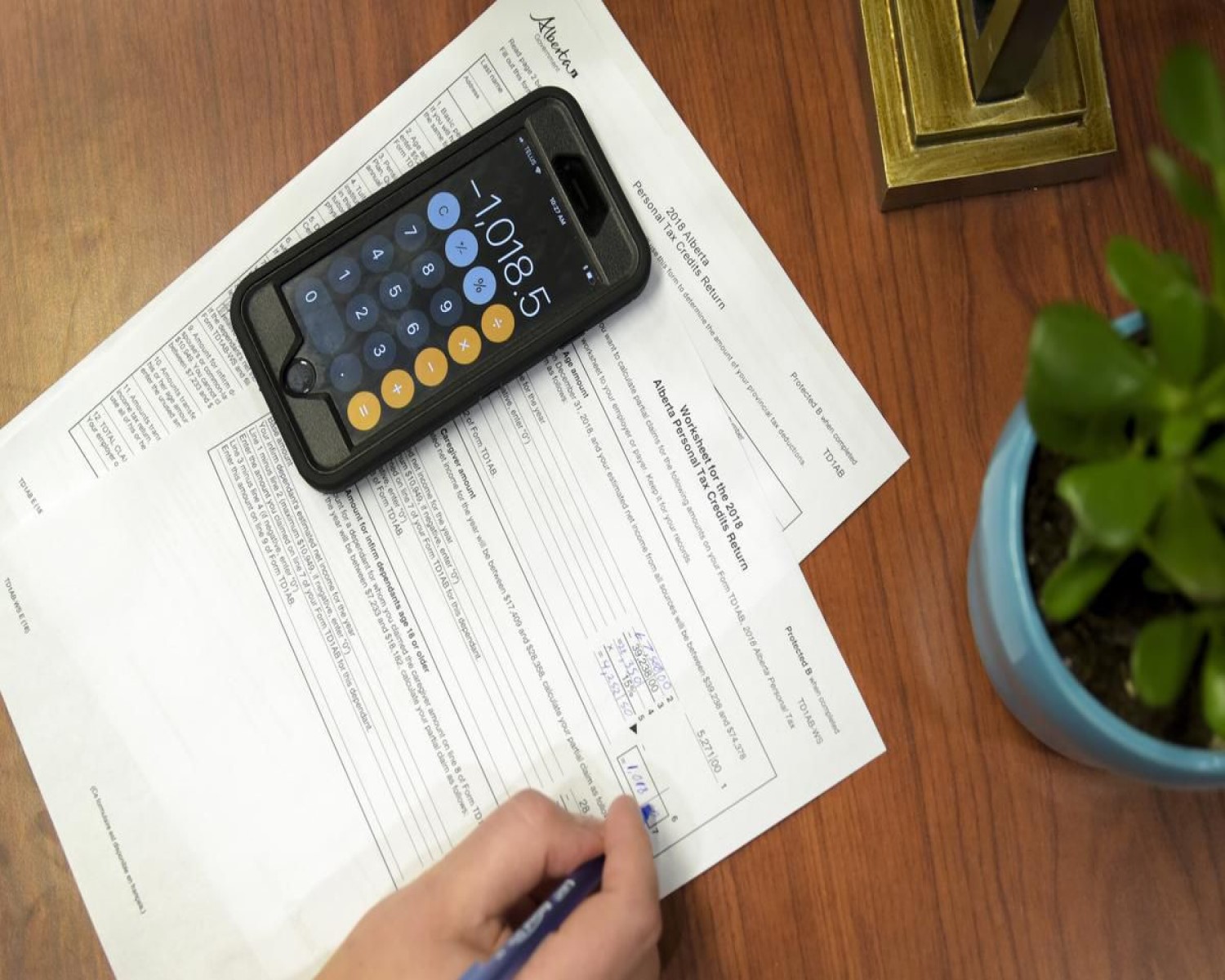
Taxation
Government revenue comes mainly from royalties on non-renewable natural resources (30.4%), personal income taxes (22.3%), corporate and other taxes (19.6%), and grants from the federal government primarily for infrastructure projects (9.8%). Albertans are the lowest-taxed people in Canada, and Alberta is the only province in Canada without a provincial sales tax (but residents are still subject to the federal sales tax, the Goods and Services Tax of 5%). It is also the only Canadian province to have a flat tax for personal income taxes, which is 10% of taxable income.
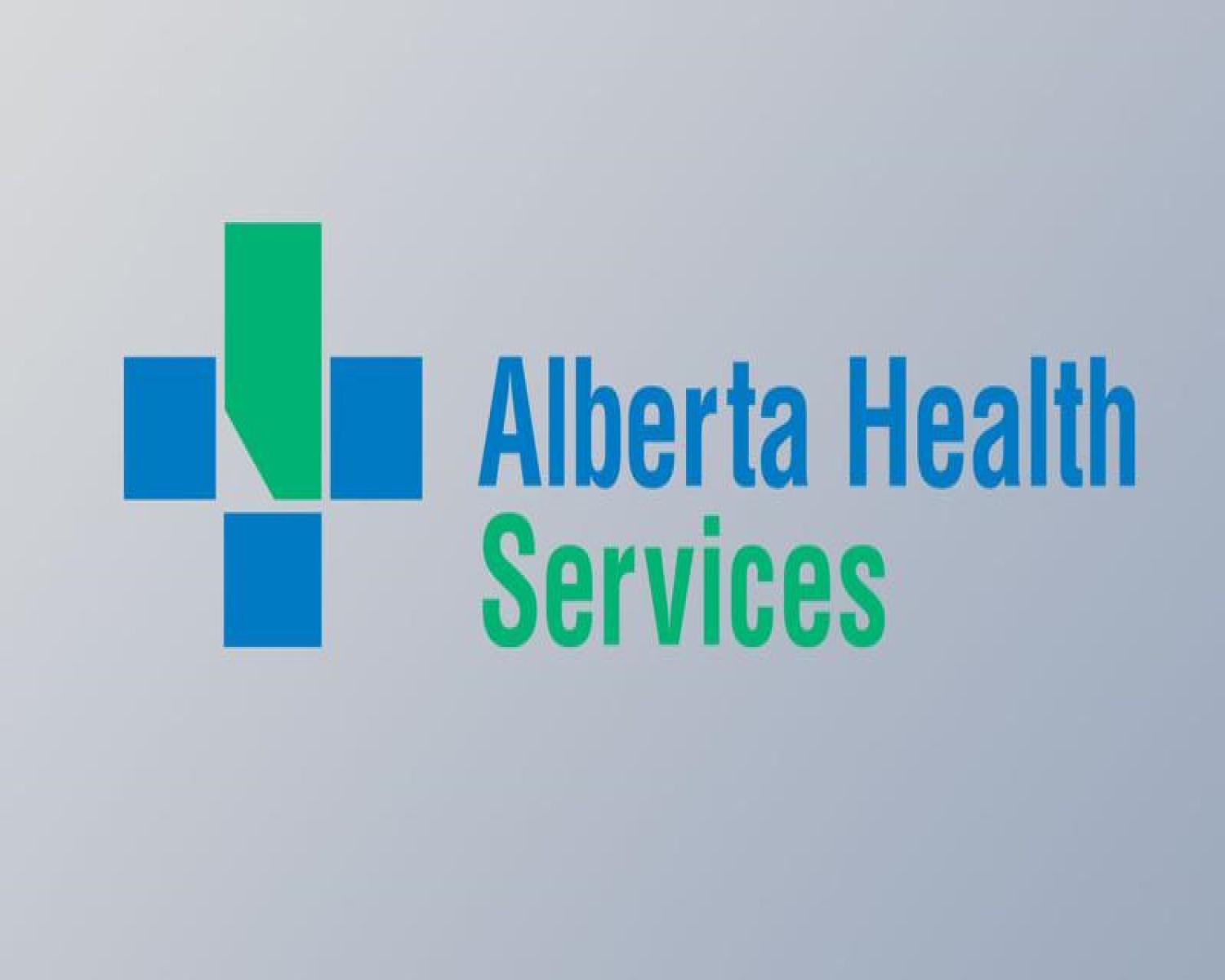
Health Care
The Alberta Health Care Insurance Plan (AHCIP) provides eligible Alberta residents with full coverage for medically necessary physician services, and some dental and oral surgical health.Alberta provides free basic health insurance through the AHCIP. Alberta services provides a publicly founded Health care system.Alberta became Canada's second province (after Saskatchewan) to adopt a Tommy Douglas -style program in 1950, a precursor to the modern Medicare system.
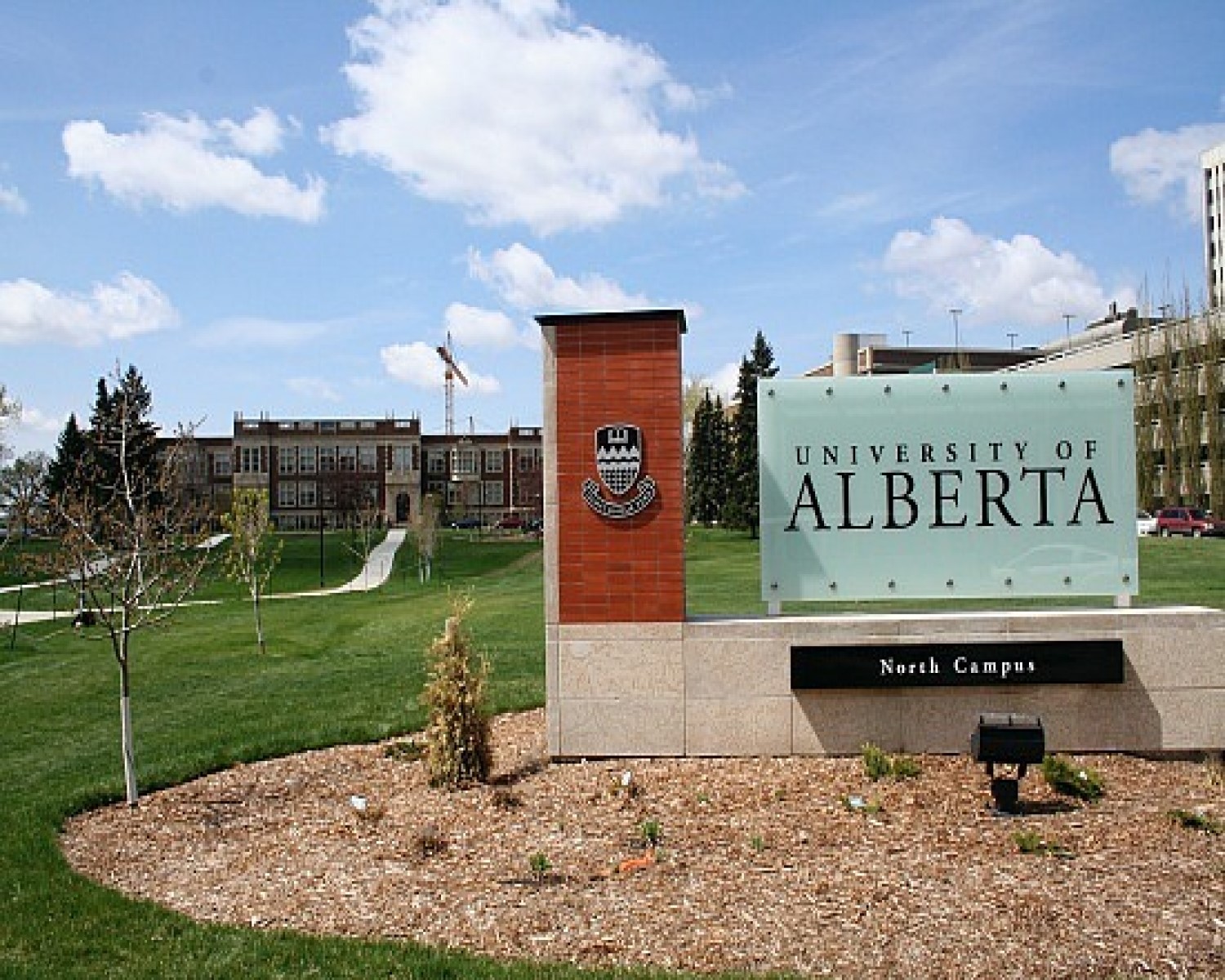
Education
There are 42 public school jurisdictions in Alberta, and 17 operating separate school jurisdictions. Public and separate school boards, charter schools, and Private schools all follow the Program of Studies and the curriculum approved by the provincial department of education (Alberta Education).
For more information about Alberta Universities, please click here.

The Alberta Immigrant Nominee Program (AINP) is Alberta's Provincial Nominee Program. Through this program, prospective immigrants with the right mix of skills and work experience needed by the province may receive an Alberta Provincial Nomination Certificate.
The AINP consists of the following immigration streams:
- Alberta Opportunity Stream
- Alberta Express Entry Stream
- Alberta Self-Employed Farmer Stream

